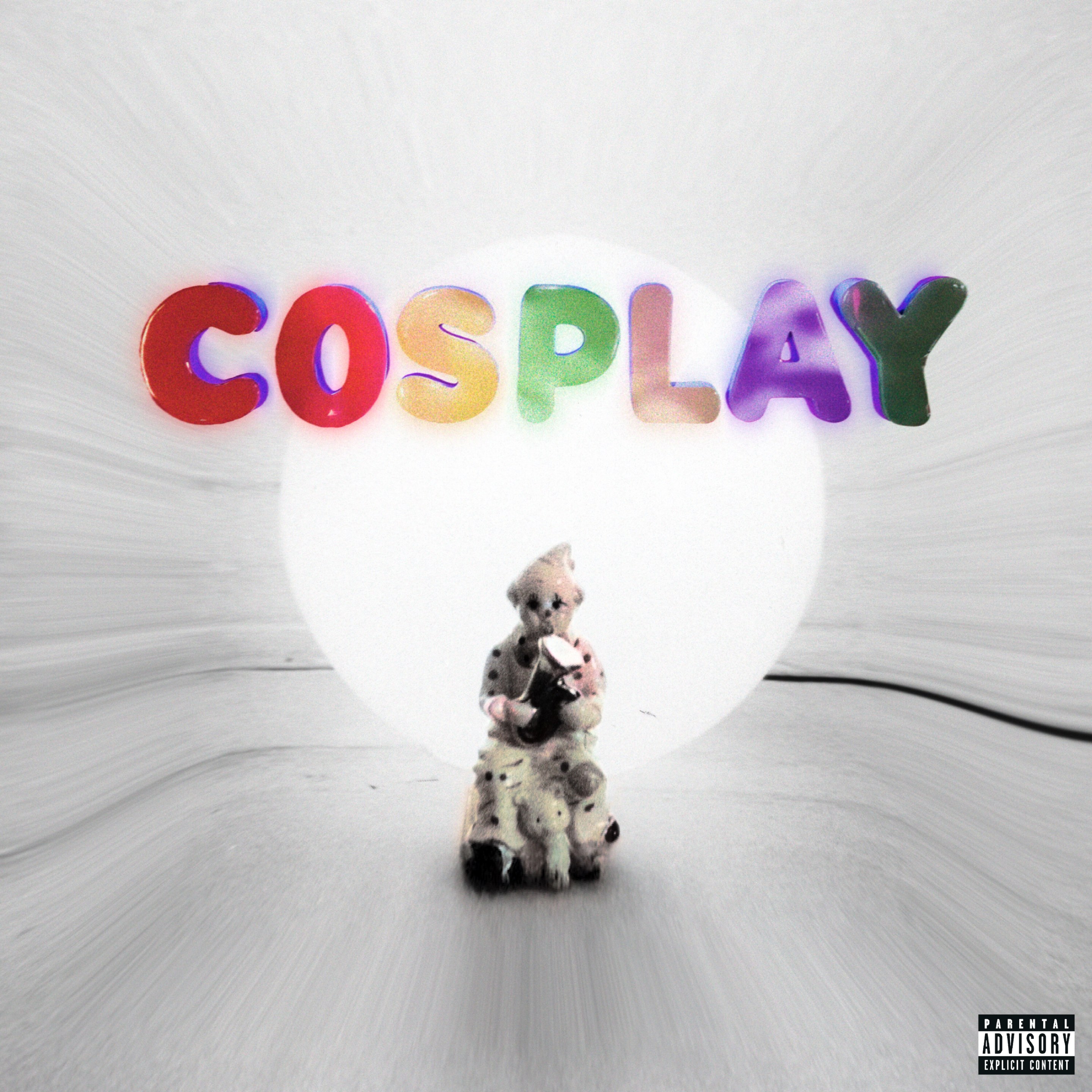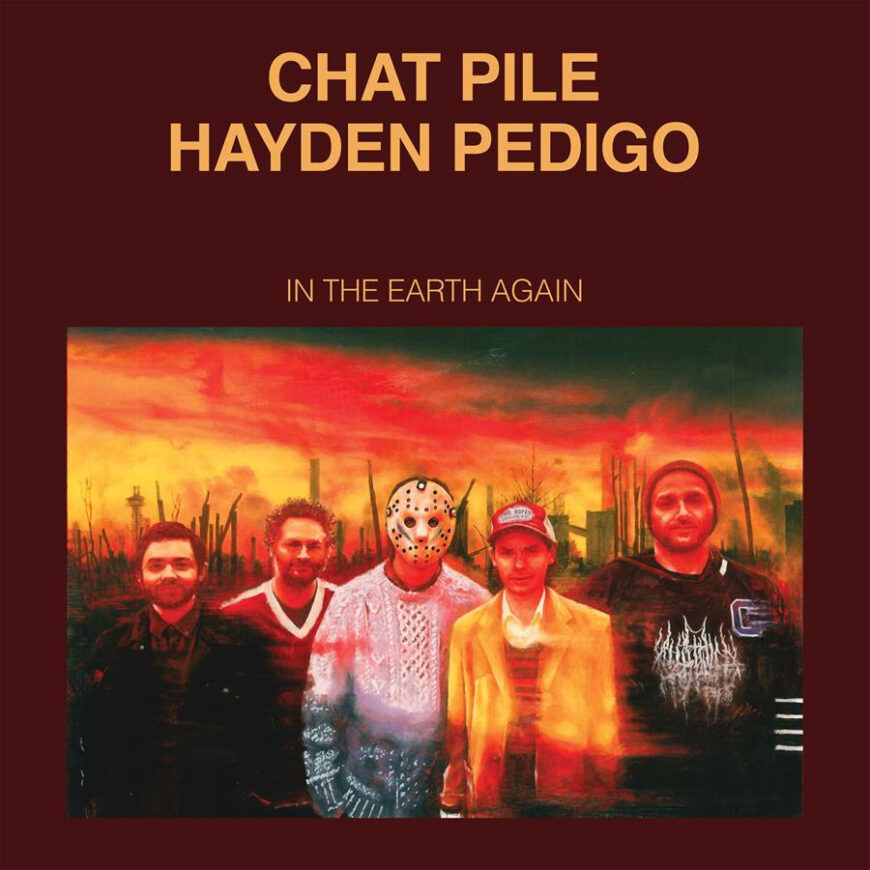In the October 2012 issue of Esquire, there's a fascinating profile of the magician Teller -- the silent half of Penn & Teller -- at the center of which is the story of how a magician named Bakardy had studied and discovered the secret behind one of Teller's signature illusions, called Shadows, and was now performing that illusion and selling that secret to anyone who was willing to pay for it. Bakardy had witnessed something beautiful and otherworldly, then broken it down and stolen it. However, as the article's author notes, Bakardy's real crime was not merely that he had discerned and distributed Teller's method; what Bakardy had taken was something much greater, much more valuable:
[N]ot the secret, but the magic. In [Bakardy's] hands and in the hands of his desperate customers, Shadows risked becoming … ordinary, remembered for what it was only in eulogies.
Kevin Shields spent two years and £250,000 building and perfecting My Bloody Valentine's sophomore LP, Loveless; the obsessive auteur finally allowed the record to be released in November 1991, after nearly bankrupting MBV's label, Creation Records. It was an album full of tricks, secrets, and illusions, the combination of which resulted in some of the most entrancing, powerful sorcery in the history of pop music.
By 1992, 21-year-old Kurt Heasley had unlocked the secrets behind My Bloody Valentine's magic; in September of that year, his band, Lilys, released their debut album, In The Presence Of Nothing, which stunningly, methodically recreated the majesty of Loveless -- maybe not wholly, but convincingly enough that it could have passed for the third MBV album. In a sense, In The Presence Of Nothing made a follow-up to Loveless unnecessary. After all, Loveless was not an album of exceptional songwriting -- not in the traditional sense, anyway -- it was an album of exceptional sound. And In The Presence Of Nothing proved that sound was not unique to MBV. It could be repeated.
That same month, Bob Mould's new band, Sugar, released their debut album, Copper Blue -- an album that also sprang directly from MBV: Mould described hearing Loveless for the first time as a "religious experience," and the formation of Sugar was a direct result of his conversion. Ten months later, Smashing Pumpkins released the heavily Loveless-influenced Siamese Dream (which was mixed by Loveless engineer Alan Moulder, who was hired by SP mastermind Billy Corgan precisely due to that connection). Both Copper Blue and Siamese Dream took the sound of Loveless and reshaped it into something much more immediate and accessible; both also stand among the finest albums of their decade.
All of this is to say: At this point, really, Loveless cannot be followed. It has already been recreated; it has already been expanded upon. Its magic has been stolen. It is not merely a classic, it has given birth to classics. It is an icon, no less so than Never Mind The Bollocks or Nevermind itself. Loveless is bigger than the genre that formed around it -- shoegazing -- but more crucially, it is bigger than My Bloody Valentine. Yes, the album is preceded by some EPs and the Isn't Anything LP, but those are comparative footnotes: as Tweez is to Spiderland, or On Avery Island is to In The Aeroplane Over The Sea. And like Slint and Neutral Milk Hotel, My Bloody Valentine stopped making new music after dropping the masterpiece, an act (or non-act) that assisted in the album's ascendance to immortality.
Still, we've waited for the return, the second advent. It's been 22 years, and we've had enough sightings to make the wait seem … well, not entirely insane. Shields has been around, here and there; he didn't disappear. He was working with Primal Scream, Sofia Coppola, Patti Smith, Dinosaur Jr., Yo La Tengo … He toured with MBV in 2008 (and put on one of the most devastating live shows I've ever experienced). The follow-up to Loveless always existed in some stage of development. It just never materialized. When noise around the new album got louder and louder late last year, it didn't feel like a fake-out -- we put it at No. 1 on our list of 2013's Most Anticipated Albums with the earnest expectation that we would indeed receive the album in 2013. Still, even after Shields's January 27 announcement that the new album could be out in two or three days, we never expected to see it so soon -- and when the 29th and 30th passed without incident, we merely assumed the ongoing wait was still ongoing. We couldn't have been prepared.
And then? It arrived.
I was moving into a new apartment on Saturday, unpacking boxes and arranging furniture all day, and by the time my phone blew up that night with the news, I was nearly unconscious. My computer was in a cardboard box under a pile of cardboard boxes; I couldn't even attempt to download the thing (and my attempts would likely have been fruitless anyway, it seems). Shut out of the event, I first experienced m b v vicariously, via the rapture and frustration shared by my friends and colleagues on Facebook and Twitter. I was too tired to be jealous. Finally, at 10:43 that night, Amrit posted a stream of the album's opener, "She Found Now," which was, at last, something I could listen to on my iPhone. My head clouded by Percocet and Chardonnay -- self-medication for back injuries sustained during the move -- I fell down on my new couch and pressed play.
I did not know what to expect. I did not know what I wanted, or what would have satisfied me. But immediately, those guitars -- instantly recognizable, utterly distinct -- lifted me. Around me, the world dissolved. I was in no place to apply critical analysis; I had been transported; I was blissful. Maybe it was the narcotics or the emotional high of finally completing a move after the emotional duress of actually moving, but I felt like I was bearing witness to a miracle.
On Sunday morning, I unpacked the boxes, set up the computer, tracked down the album, and pressed play again. Listening to m b v now, I'm able not only to experience the complete work, but to see it with a bit more clarity.
I can now talk about the songs as individual compositions. Following the (still) bliss-inducing "She Found Now," for instance, "Only Tomorrow" has a sweet, poppy crunch around which distortion curls like smoke off the lit tip of a cigarette. And "Who Sees You" is a glowing, gliding, mid-tempo, midday dream with a persistent beat slowed to a lull by searing guitars. "Is This And Yes" features a cooing Bilinda Butcher vocal over swelling Stereolab-ish organs and a distant drumbeat. "If I Am" sounds like a summery bossa nova number performed at an undersea cafe, the sounds warped and unevenly distorted by the water. "New You" is a crisp, bass-driven alternate-universe pop ballad with a chiming Bilinda vocal that starts softly, then repeats and multiplies, and eventually becomes a small symphony. "In Another Way" borrows some of the free-jazz elements Shields brought to Primal Scream: The guitars resemble bagpipes or synths -- or they maybe become bagpipes or synths -- while the steady rhythms almost seem to stretch and contract. "Nothing Is" is a pounding, slow-building cycle of drums and noise. The album's closer, "Wonder 2," is a whoosh of organs over skittering beats; Shields's vocal sounds like it was perhaps recorded backwards. The guitars -- guitars? I'm really not sure -- introduced at 1:25 sound like air horns, and that sound is reshaped and dissolved till it no longer resembles anything at all; eventually, it is lost in the storm that has been building around it.
I can also say that, just as Loveless sounded exactly the way its sleeve art looked -- a blurry wash of pink-hued guitars -- m b v too feels like it has been paired with ideal visual representation: blue blocks and smudges and purple letters against a black sky, not unlike the explosion of colors and darkness one sees when pressing hard against one's closed eyelids.
Finally, I can say that m b v does not sound like music that has been worked over for 22 years; it sounds totally organic and intimate. It sounds like My Bloody Valentine. It sounds a lot like Loveless, but more importantly, it sounds like the follow-up to Loveless: The music and approach to making music have evolved with the artist and the technology available to him, while the voice and vision remain clear and unique. I can't say it was worth the 22-year wait, because I have no basis for comparison: There is no other work of art that has demanded of me this degree of patience. But I'm glad I was here to witness his return, decades after witnessing his arrival.
Well, maybe not his arrival, but close enough: I first heard Loveless in fall 1992, in a dorm room at SUNY Purchase. I was 18 years old, and coming up on a tab of strong LSD. The person in control of the stereo that night told us this album had more or less been created to facilitate this exact experience, and as I became immersed and lost, I understood what he said to be true. The room buzzed and shook with the slow-motion machine-gun drums and sky-bending guitars of "Only Shallow"; by "To Here Knows When," the walls and ceiling were melting around me.
Children conceived on that night are now 20 years old -- older than I was at that moment. They and their peers have grown up in a world where Loveless is an undisputed classic, essential listening for even semi-serious music fans. I can't imagine what m b v will mean to them, as they claim ownership of it in dorm rooms around the world. I also can't imagine there will be another artist in their lives who will ask them to wait two decades for more music, at least not one for whom they will bother waiting, and certainly none who will reward their patience with such a generous bounty. Loveless's tricks were stolen and sold decades ago, but m b v is a new world of illusions by which to be mesmerized and moved; here, again, My Bloody Valentine have made magic.






